
There has been a rapid increase in research for the near-field communication industry. Near field communication technology, or NFC is another way of communication between electronic devices. An NFC device uses radio waves to communicate more or less in the same way as Bluetooth devices. NFC devices transmit a radio signal that can activate a passive device, and the receiving device needs to be in close proximity to the transmitting device. When using NFC the receiving device can even use the power from the radio frequency it receives to power itself.
With the advances in technology and the rapid increase of handheld devices, the exchange of massive amounts of data is commonplace. This can be a limiting factor for NFC. NFC does have an advantage over Bluetooth of using much less power. Bluetooth communication for data transfer has to be established by pairing the devices. This step is time-consuming and needs to be established by both devices. No pairing sequence is required for NFC devices. This allows the connection to be made in a fraction of a second. The NFC device initiating the connection is called the initiator. An initiator, such as a GPS device, can communicate with your vehicle. The GPS receivers of the radio waves can then respond with the data that it holds.
Applications of Near Field Communication Technology
Transportation: NFC can be used for contactless payment of tickets in public transportation systems like railways, buses, and taxis. Every time a person travels, the check-in and check-out can be done by using their mobile phone to touch the NFC tags and the amount can be deducted from their source of payment directly.
Contactless Payments: While making payments through credit cards, the information can be identified by reading the NFC tags by the mobile devices used by a customer. NFC Technology can be used for shopping, at a restaurant, or to use and share coupons with friends. This can also be used in the loyalty programs of stores and act as a digital wallet for a person.

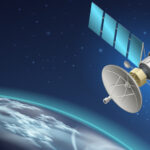





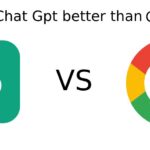
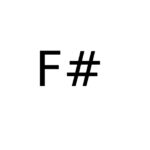




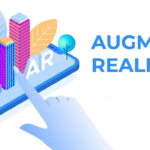












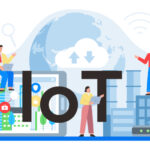




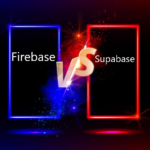













Recent Comments